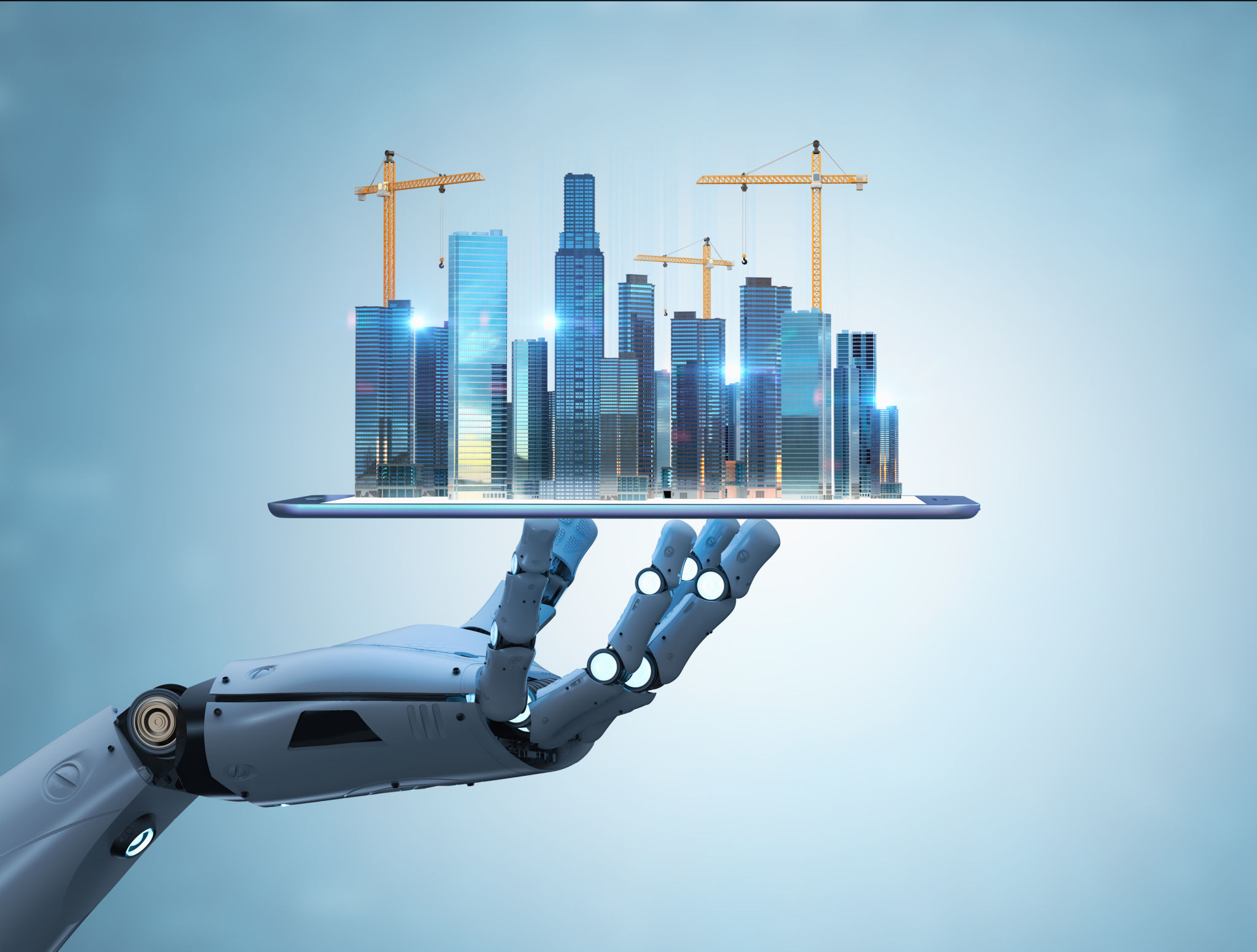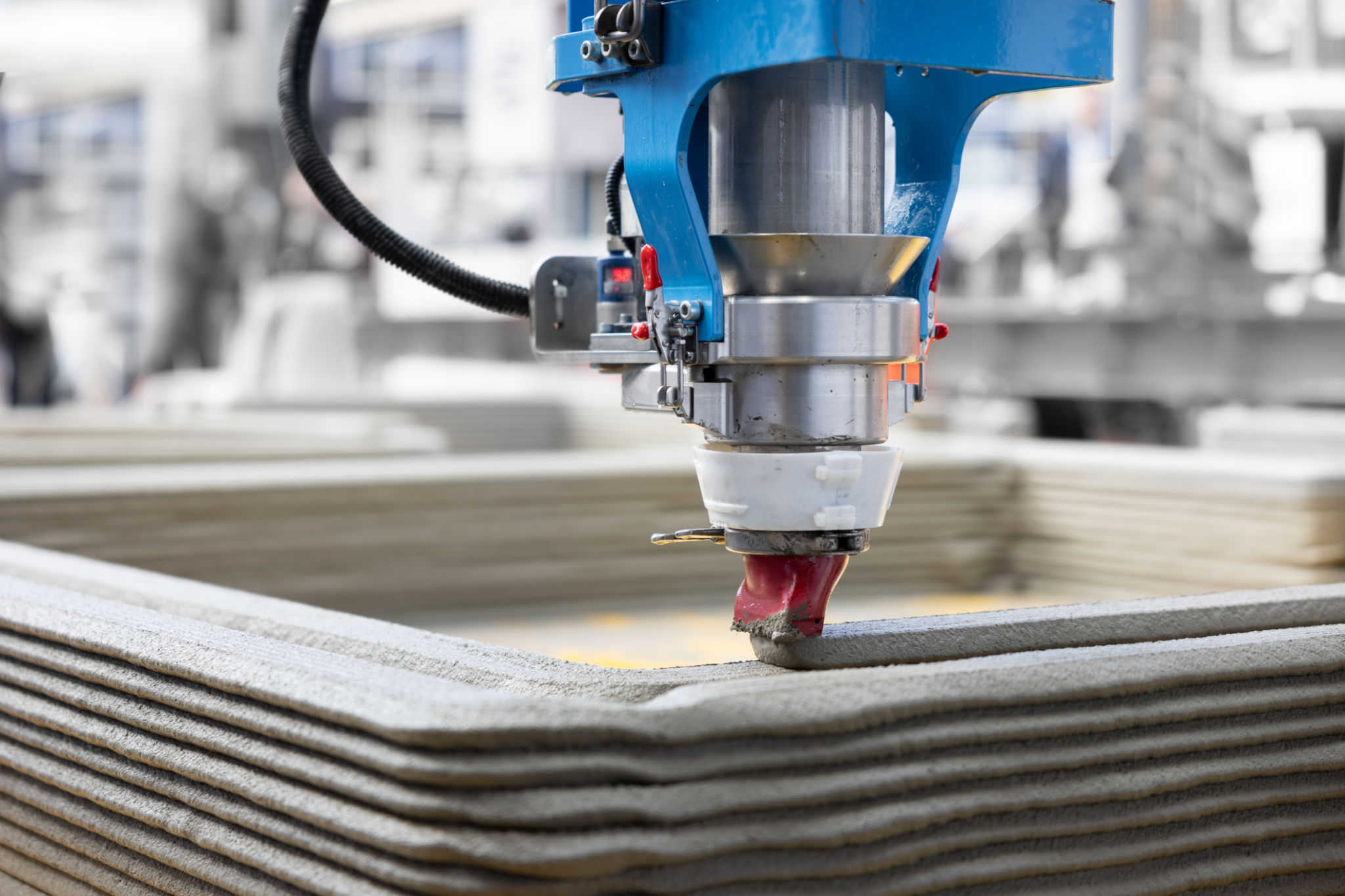Exploring Technological Innovations Transforming the Construction Industry
Introduction to Construction Tech Innovations
The construction industry, traditionally viewed as a labor-intensive field, is undergoing a significant transformation thanks to technological innovations. These advancements are not only streamlining processes but also enhancing efficiency and safety on construction sites. As technology continues to evolve, the construction industry is poised to benefit from a range of innovations that promise to reshape its future.

Building Information Modeling (BIM)
One of the most impactful technologies in construction is Building Information Modeling (BIM). BIM is a digital representation of the physical and functional characteristics of a facility. This technology allows stakeholders to share information and collaborate efficiently, reducing errors and improving project outcomes.
BIM facilitates better visualization of projects through 3D models, enabling architects, engineers, and builders to understand the intricacies of a design before construction begins. This not only saves time but also minimizes costs associated with design changes and rework.
Advanced Robotics and Automation
Robotics and automation are revolutionizing the construction landscape by performing tasks that are typically labor-intensive and time-consuming. Advanced robots can lay bricks, pour concrete, and even assemble structures, allowing for faster project completion and consistent results.

Automation extends beyond physical tasks. Drones are increasingly used for site surveys and inspections, offering a bird's eye view of the area. They provide accurate data quickly and safely, reducing the need for manual surveys and enhancing project planning.
3D Printing in Construction
The advent of 3D printing has introduced new possibilities in construction. This technology enables the creation of complex structures with precision and efficiency. 3D printing reduces waste by using only the necessary materials, making the construction process more sustainable.
Furthermore, it offers the ability to produce customized components on-demand, potentially lowering costs and reducing lead times. As 3D printing continues to advance, its applications in construction are expected to expand significantly.

IoT and Smart Construction
The Internet of Things (IoT) is playing a pivotal role in transforming construction into a smarter industry. IoT devices can collect real-time data from construction sites, providing insights into equipment usage, worker productivity, and safety conditions.
This data-driven approach allows for proactive maintenance, reducing downtime and extending the lifespan of equipment. Additionally, IoT enhances worker safety by monitoring environmental conditions and alerting teams to potential hazards.
Conclusion
The integration of these technological innovations is reshaping the construction industry by enhancing efficiency, reducing costs, and improving safety. As technology continues to evolve, we can expect further advancements that will drive the industry forward. Embracing these innovations not only opens up new possibilities but also ensures that the construction sector remains competitive in an ever-changing world.
